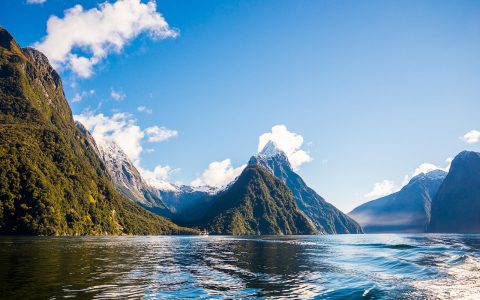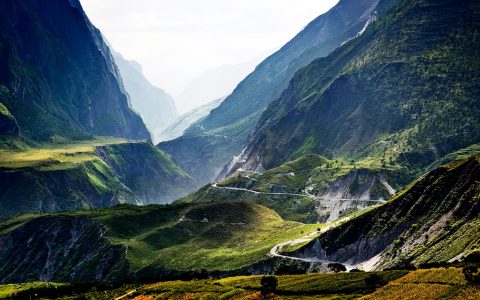South Australia & The Outback
The world’s largest island, the land down under of Australia has much to offer, apart from the usual big cities of Sydney and Melbourne. With roughly the same landmass as the continental United States, but with a mere fraction of the people living here, Australia’s diverse variety of landscapes, wild animals and rugged history beckon those with an adventurous spirit.
Adelaide

Once known as “the city of churches”, the capital of South Australia was also once scoffed at as a city of wowsers (read: puritan spoilsports) and was renowned for its disproportionately large number of churches. These are now outnumbered by pubs and nightclubs, and there is no denying that the city has a superb setting—the centre is surrounded by parkland, and the metropolitan area is bounded by the hills of the Mt. Lofty Ranges and the waters of the Gulf St. Vincent. Founded as a British settlement in 1836, early colonists began to build Adelaide using stone, constructing a solid, dignified city that is civilized and calm in a way that no other Australian state capital can match.
Discover Adventure Down Under
On B&R’s South Australia Expedition, experience endless Outback roads, witness the haunting Flinders Ranges, and cycle through the fertile hills and valleys of some of Australia’s most famous wine regions.
DETAILED ITINERARY
Kangaroo Island
Located around 113 kilometres (70 mi.) southwest of Adelaide with an area of 4,405 square kilometres (1,705 square miles—just a bit smaller than the state of Delaware), Kangaroo Island is a place full of wildlife (yes, kangaroos aplenty), rugged coastline, deep caves, crazy rock formations and some down-to-earth locals.
The origin story of its name comes from British Captain Matthew Flinders, who explored much of South Australia. After four long months at sea, Flinders and crew named KI (as locals call it) after the large number of kangaroos seen (and slaughtered for a meal) upon landing. After four months of sailing (and salt pork), he and his men were no doubt glad to have a fresh supply of meat; thirty-one kangaroos were shot, skinned and stewed, and kangaroo steaks were available for all to consume “by day and night”, the expedition’s repast was recorded as a “delightful regale”.

Colourful naming aside, this island is also notable for its honey, namely from the only surviving Ligurian honey bee population in the world. Originally stemming from Italy, a virus swept through the Italian Ligurian bee population and completely wiped them out so the Italian and Australian governments declared the bees to reside only on KI, for fear of them becoming totally extinct. Clearly, trying the honey on the island is a must!
Kingscote, the largest settlement on the island, was founded in 1836, initially as the capital of South Australia, but it quickly became apparent that there were insufficient resources to support such a large town, hence the formation of Adelaide.
Flinders Ranges

The Flinders Ranges are, to many travellers, the epitome of outback Australia. It’s a superb area for bushwalks, wildlife and taking in the ever-changing colours of the outback. In the north, the mountains are hemmed in by barren salt lakes. The best-known feature of the range is the huge natural basin known as Wilpena Pound, which is ringed by 1,000 metre-tall (3,280 ft.) cliffs. Other attractions include Alligator Gorge in Mt. Remarkable National Park, Brachina Gorge, and the ironstone-capped ridge known as the ‘Great Wall of China’. Winter is probably the most pleasant time to visit, but the ranges are greenest and covered in wildflowers in spring.

Alice Springs
 Often known as “The Alice”, or simply “Alice”, Alice Springs (population 20,000) is a pleasant modern town, smack in the middle of Australia’s Northern Territory, built on the banks of the usually dry Todd River. At first appearance, it’s so civilized that it can be a disappointment to those expecting saloons on every corner and colourful bush characters, but explore the area and you’ll begin to appreciate the flavour of this desert community. The town was founded as a staging point for the telegraph line in 1870, but its growth has occurred only in the last 30 years. The road south to Adelaide was only fully paved in 1987.
Often known as “The Alice”, or simply “Alice”, Alice Springs (population 20,000) is a pleasant modern town, smack in the middle of Australia’s Northern Territory, built on the banks of the usually dry Todd River. At first appearance, it’s so civilized that it can be a disappointment to those expecting saloons on every corner and colourful bush characters, but explore the area and you’ll begin to appreciate the flavour of this desert community. The town was founded as a staging point for the telegraph line in 1870, but its growth has occurred only in the last 30 years. The road south to Adelaide was only fully paved in 1987.
Uluru (Ayers Rock)
The most iconic sight of the Australian outback, Uluru is a site of deep cultural and sacred significance to the Anangu Aboriginals. A pilgrimage to Uluru and the coronary-inducing scramble to the top was once an entrenched Australian ritual, but the Aboriginal owners strongly prefer visitors not to climb the rock and many visitors now respect their wishes. The 3.6 km (2.2 mi.) long rock rises 348 m (1,141 ft.) from the pancake-flat surrounding scrub, smack in the middle of the country, and is especially impressive at dawn and sunset when the red rock spectacularly changes hue. There are walks around the base of the rock, which pass caves, rock art and sacred Aboriginal sites.

MORE FROM Asia-Pacific + Australia

Biking in Cambodia with B&R Expert Guide Fin
Cambodia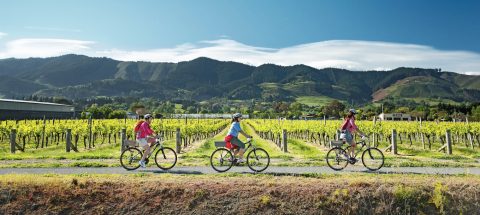
Is New Zealand Finally Open for Travel?
New Zealand
The Slow Fund: Rice Production with Ozuchi Village
Japan
Take a Virtual Ride on the Hai Van Pass in Vietnam
Vietnam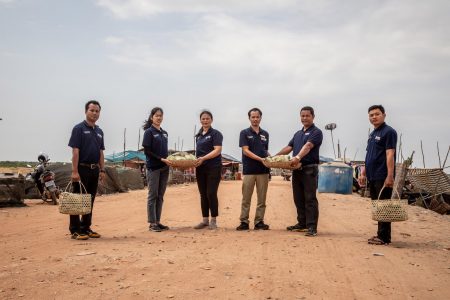
How Three Cambodian Hotels Are Joining Forces to Feed Their Communities
Cambodia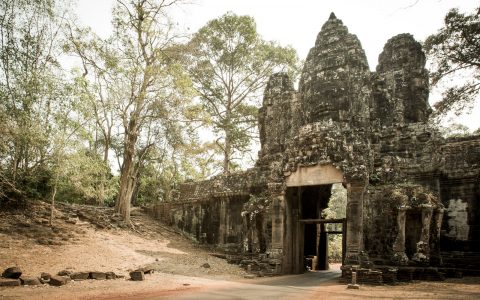
Meet Fin—B&R’s Expert Guide in Cambodia
Cambodia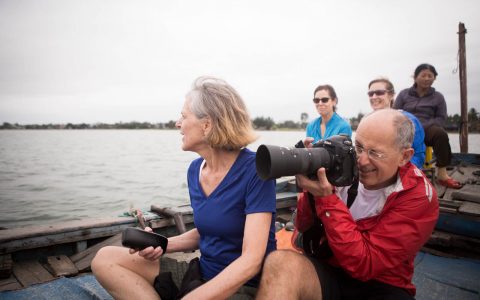
An Insider’s Eye on Vietnam: What to See and What to Skip, According to our Vietnam Expert
Vietnam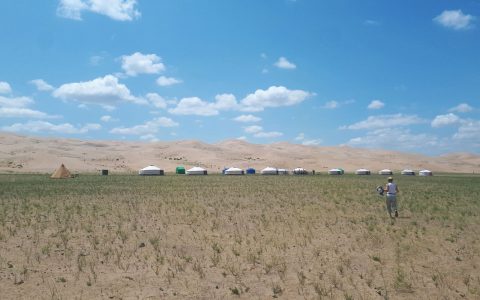
Photo Essay: Exulting in Mongolia’s Eternal Blue Sky
Mongolia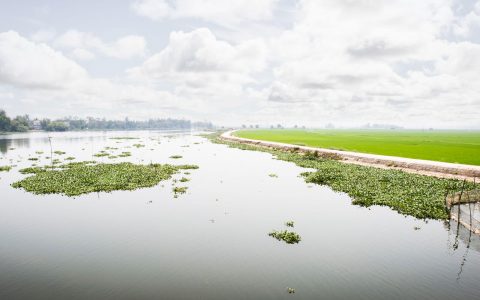
The Best Times of Year to Travel to Asia
Vietnam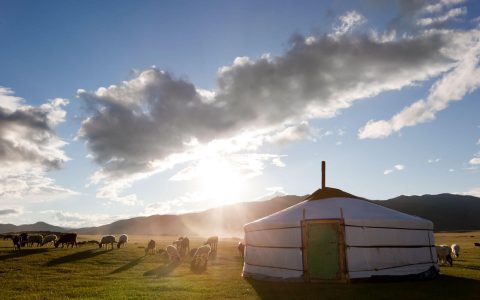
Chris Litt: On Mongolia and the Desire to Disconnect
Mongolia
Top 6 Multi-Day Walks in Australia
Australia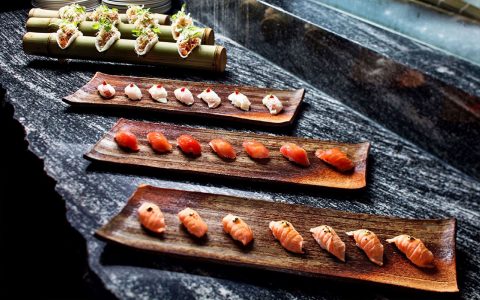
The 8 Best Restaurants in Auckland
New Zealand
The 5 Best Restaurants in Wellington
New Zealand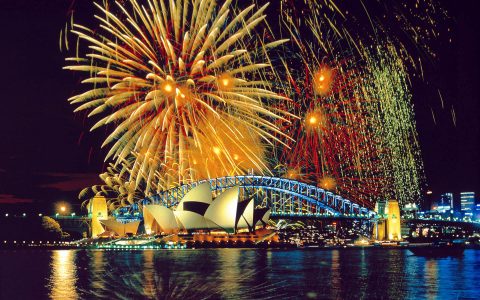
8 Reasons Why You Need to Take an Australian Adventure
Australia
Cultural Quirks About Bhutan That Will Blow Your Mind
Bhutan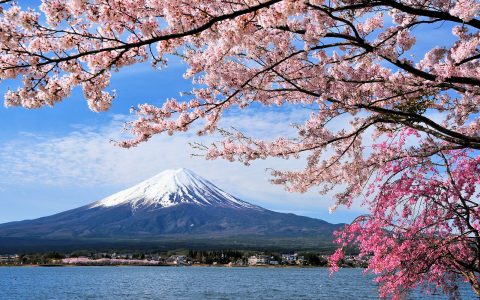
5 Things to Know Before You Go to Japan
Japan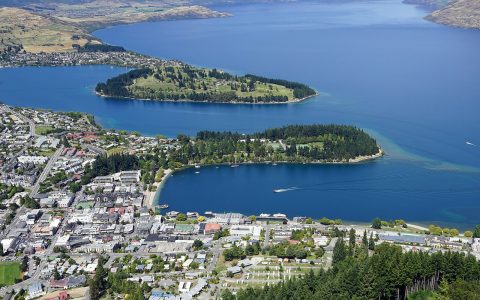
8 Favourite Restaurants to Eat in Queenstown
New Zealand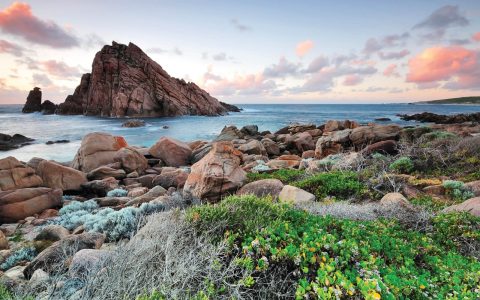
10 Must-Try Australian Wines
Australia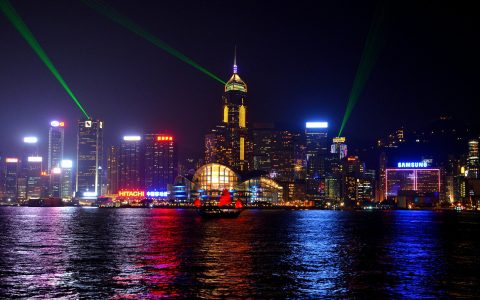
Where to Eat in Hong Kong: 7 Best Restaurants
China